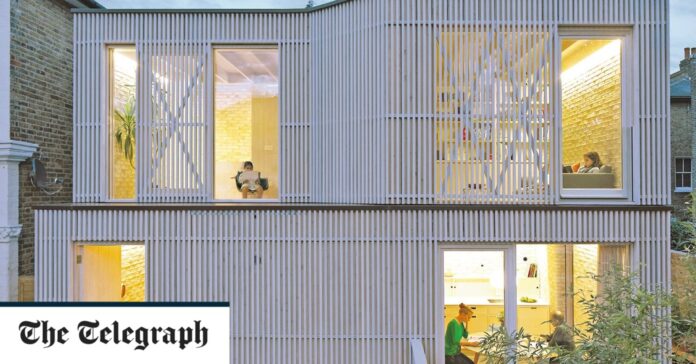Building your own home on an unused, often small piece of land can be challenging, but the rewards can be significant
While I like to consider myself a decent neighbour, every time I walk to the end of my road, I am spitting feathers. You see, for the past 10 years there has been a lump of land where a decrepit garage has slowly withered into a rotten, rickety eyesore.
But I am not upset about that. My resentment is stirred because something radiant resides on that plot now. A glorious spanking new house has been built; a fine specimen of architecture with golden timber cladding, a front living wall of tumbling verdant plants and a cute, paved terracotta path leading to its straight-out-of-Grand-Designs doorway. It’s stunning.
And I am extremely jealous. For years, I have coveted building my own home, but I missed a trick. That decayed garage was the perfect infill site – local rumour reckons it sold for a mere £150,000 (this is north London!) – but I’d walked past it every day with barely a backward glance. Please don’t tell Kevin McCloud.
By definition, infill builds are exactly as they sound: a construction in a leftover space (like a garden, garage, wasteland, access way) or the infilling of a gap in an otherwise built-up area. With property at a premium, especially in cities, squeezing a home into an unused spot is an appealing idea. But they do throw up a few conundrums.


